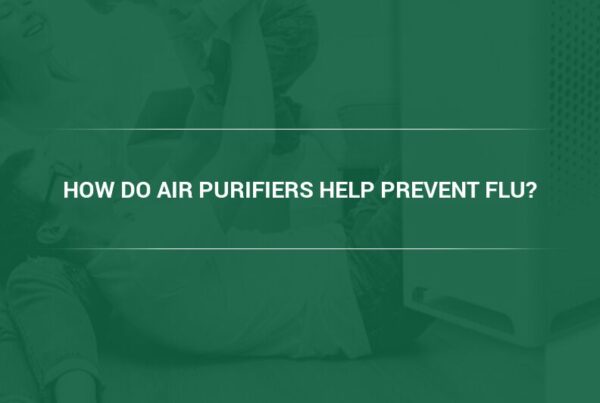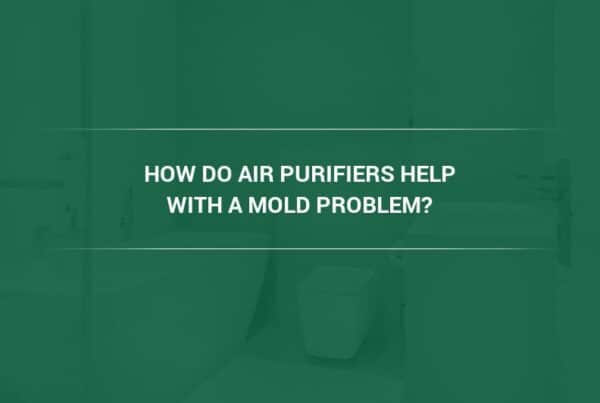When it comes to selecting a commercial air filter, or air filtration system, there are many variables that have to be considered. In general, the choice of which air filter can be made a bit easier by first defining the overall goal that you are trying to achieve which is usually one of two options. Is the purpose of the filter to protect the air circulation equipment, or is it to provide a better environment for the occupants of the building?
Different air filters in different systems serve — you guessed it — different purposes. Some filters are meant to keep internal parts of the HVAC system from becoming coated with dust or other particles, other filters are in place with the additional purpose of purifying the air to make the environment safer and healthier for building occupants. Using the wrong filters in the wrong place can have negative effects on an HVAC system’s efficiency. Air in the environment won’t be as clean as it should be, and the system will most likely consume more power than it should in order to function.
How Are Filters Classified?
The latest standard concerning air filters, set forth by the American Society of Heating, Refrigerating and Air Conditioning Engineers (ASHRAE), is Standard 52.2, which identifies a filter’s performance based its ability to remove particles through defining specific particle size ranges. Test results are reported as Minimum Efficiency Reporting Value, more commonly referred to as a filters’ MERV. Particles that are removed are classified by their size in microns. To help you visualize an example, a human hair is about 100 microns in diameter.
This standard makes it easier to judge which filters are going to work best for different purposes. As the MERV level rises, the efficiency of the filter to remove smaller sub-micro size particles rises. These particles can be detrimental to human health as they can work their way into the lungs and cause permanent damage. Higher MERV level products will produce cleaner air, but, depending on design, may require a stronger fan in the system to push the air through them.
If The Goal Is Keeping Equipment Cleaner
The first step should be to identify the MERV level of existing filters. From there, considerations can be made to see if it is worth upgrading to filters with a higher MERV level.
A MERV 6 filter, for example, will remove 49.9% of particles between 3 and 10 microns in size. The level of filtration can be pushed up to 84.9% of particles being removed by switching to a MERV 8 filter. That’s a 70% increase in the filtration rate, which keeps equipment cleaner and in turn, maintains better efficiency. What’s more, the difference in cost between the two filters is small. In fact, in most situations, the extra cost associated with purchasing a more efficient filter is more than offset by the energy savings appreciated once equipment is running more efficiently due to cleaner fans and less dirt accumulation on coils.
If The Goal Is Cleaner Air for Building Occupants
If the goal is to provide cleaner air for building occupants, then filters with a MERV rating of 13 or higher are generally recommended. To give you an idea of what these types of filters can do, a filter rated at MERV 13 will remove 90% of particles from 1 to 10 microns in size, but less than 75% of particles in the .3 to 1-micron size range. If we go one step up to a MERV 14 rated filter, 90% of the 1 to 10 micron particles are still removed, but the amount of .3 to 1 micron particles removed jumps up to 75% to 85%. This can make a big difference to the health of people in the building. That is why MERV 14 filters are the minimum standard of care in medical facilities, a place where small airborne particles can be detrimental to patients, visitors and employees.l
It is also worth noting that for LEED certification from the U.S. Green Building Council, a building must be using at least MERV 13 filters to receive points toward being certified.
Whatever Your Goal, Camfil Has A Solution
Camfil has been a leader in the commercial air filtration industry for more than 50 years, and offers products that represent the very latest in commercial and industrial air filter technology and innovation. We’re positive that once you browse through our product catalog, you will find the perfect air filtration solution for your air quality needs. From maintaining healthy environments in a common office environment to meeting the strictest requirements of high technology cleanrooms and medical operating rooms , Camfil filters will get the job done. Our products will keep your air cleaner, and provide lower total cost of ownership than competitive air filter solutions. You’ll be able to breathe better, while simultaneously saving on operating costs. It doesn’t get much better than that.
Browse our catalog visit http://catalog.camfil.us/
Media Contact: Lynne Laake, Camfil, 888.599.6620, Lynne.Laake@camfil.com
SOURCE Camfil



